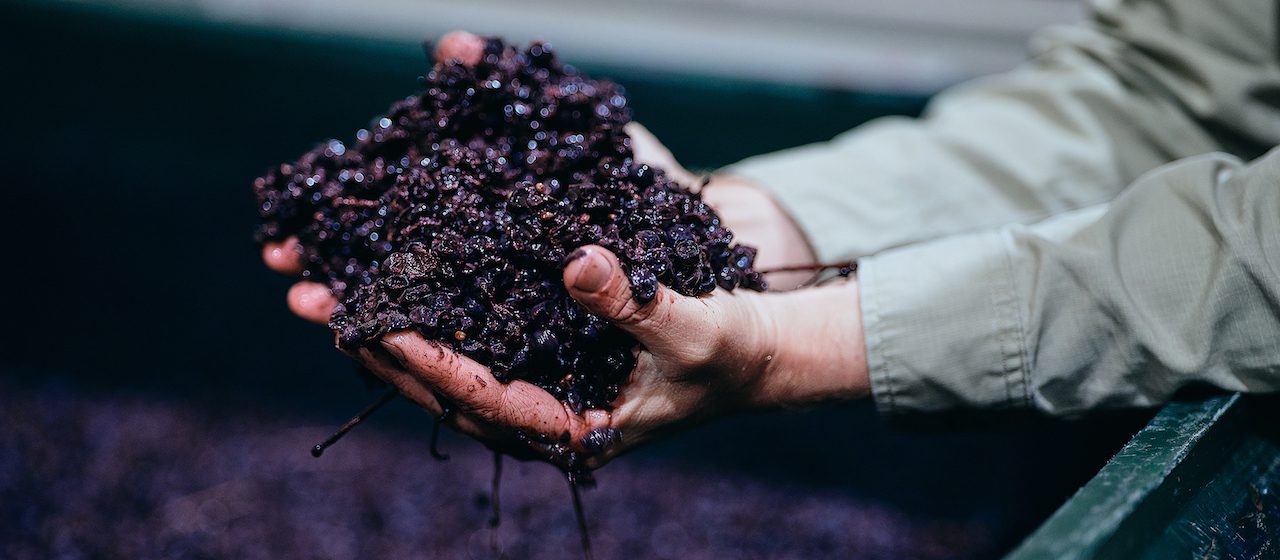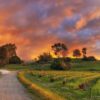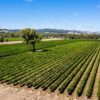
While 2020 Margaret River wines will be in scarce supply, it will be a very special vintage to look out for. That’s the promise from Amanda Whiteland, CEO of the Margaret River Wine Association.
“At the start of the 2020 growing season, no one would have believed the situation we are in right now,” Amanda says.
“However, it is during challenging times like these that we look for a silver lining, and the silver lining for the Margaret River region is the exceptional vintage we have just wrapped up.
“The Margaret River wine industry finishes one of the most unusual harvests to date and the region raises a collective sigh of relief to have been able to complete the 2020 vintage undisrupted; without significant rain, lockdowns or the impact of bushfires and losses that sadly, some regions in other parts of Australia have had to endure.
“We are humbly counting our blessings.”
The region enjoyed an early start to the season, with warmer than average spring temperatures evolving into the perfect summer growing conditions.
Low disease pressure, timely flowering of native Marri trees to keep the birds at bay and little to no rain meant that growers could literally “take their pick” when they wanted.
“Compared with the challenges of cooler weather and significant bird pressure in 2019, the 2020 vintage in Margaret River was a real treat for viticulturists,” Amanda says.
“The only downside of note has been the lower than normal yields across all varieties, resulting in one of the smallest harvests in recent years.
Yet here is another silver lining: the lower yields have resulted in exceptional fruit that is physiologically ripe and shows divine concentration of aromas and flavours.”
Amanda says their thoughts go out to all those who have been adversely impacted by the current pandemic.
“We hope to raise a toast in acknowledgment of the difficult days we’ve survived when we get through to the other side of this,” she says.
After a significantly wet winter with rainfall 30 percent above average, temperatures gradually crept up to above long-term ranges while rainfall fell well below norms as spring commenced.
Regular heatwaves through the months of October, November and December saw maximum daytime temperatures regularly in the mid 30s. These periods of high temperatures caused an acceleration in grape development, fortunately without the related sunburn which can occur if such heat occurs after veraison.
Chardonnay was first out of the blocks with an early budburst at the end of August. This allowed the soil to dry and warm, providing ideal conditions for early root growth and optimal access to nutrients. As other varieties commenced their growth, we saw development of healthy, well-balanced canopies across the region.
The growing season overall offered ideal conditions for a wide range of varieties, from early to late ripening. The beautiful weather and lower yields gave sufficient time for fruit to reach its best without the pressure of a premature harvest date due to disease or poor conditions.
Harvest began at the end of January, the earliest start on record, brought on by lower yields and warm, dry weather which ripened the fruit more rapidly than is usual.
The warm daytime temperatures saw the first half of the vintage race along with all white grapes harvested by the end of February, a very early finish for the white’s harvest.
During this period, the season’s regular dry, sunny days provided a natural impediment to any development of disease which can thrive on humid, cloudy days. Marri trees blossomed extensively, keeping the birds away from the vineyards.
A weak cold front brought about 35mm of rain in late February to early March and daytime temperatures moderated in mid-March which was very beneficial in slowing things down and allowing softening and ripening of tannins and great flavour development. The small amount of rain was also considered a positive by those who own dry-grown vineyards.
By the end of March to early April most of the region had finished their Cabernet Sauvignon harvest, the latest ripening varietal in the region.
“The 2020 yields are below the long-term average due to several factors, rather than a specific incident,” Amanda says.
“There were colder than average spring conditions in 2018 when the fruit load is determined in developing buds for the next season.
“In the spring of 2019, isolated patches of hail, widespread winds and rain caused damage to vine shoots and impacted flowering and fruitset with varieties which were at a sensitive growth stage on exposed sites in the region, creating low bunch weights.
“The dry growing season also contributed to lighter than average bunch weights across most varieties.”
Amanda says it has been a sensational Chardonnay vintage, with wonderful complexity, balance, concentration of flavours and clean, pristine fruit.
“With the accelerated ripening, there is incredible retention of natural acidity, texture and loads of energy,” she says.
Sauvignon Blanc is showing excellent early floral characters while the Semillon shows richness and roundness.
The other whites have also been sensational with fruit displaying purity, freshness and excellent varietal expression.
Shiraz loved the warmth with good depth of flavour, a bright fruit spectrum and lovely tannins with medium weight.
Cabernet Sauvignon is showing excellent potential, with loads of colour, concentration, dark fruit vibrance and the standout feature of lovely fine soft tannins.
“Across the board the quality is outstanding,” Amanda says.
Photo: Juniper Estate (Russell Ord Photo).













Recent Comments